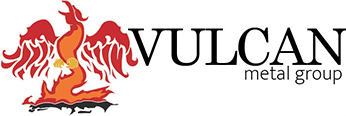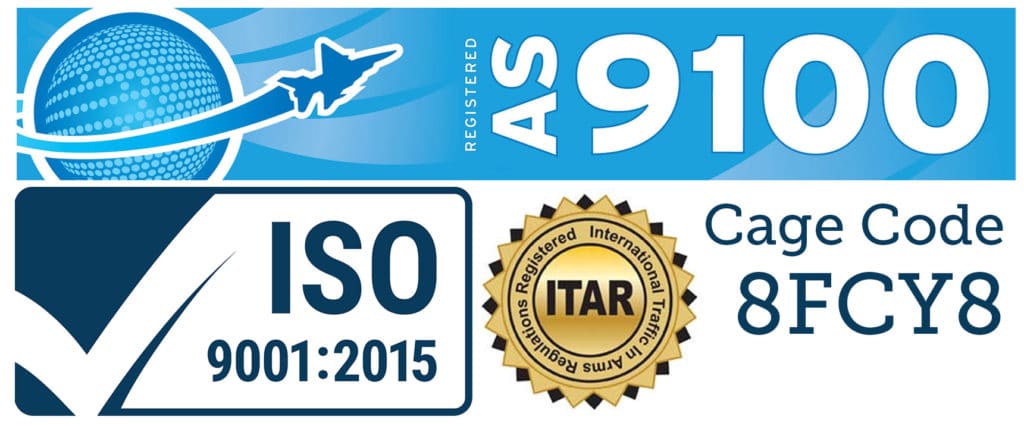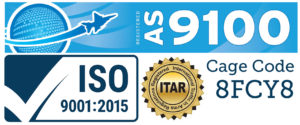Stainless Steel Grade 17-7PH Precipitation Hardened (UNS S17700)
Properties and Appearance
17-7PH grade stainless steel, also known as 17-7 stainless steel or Type 631, is a precipitation-hardening stainless steel alloy with excellent strength, corrosion resistance, and formability. It is often used in applications where high strength and good corrosion resistance are required. 17-7PH stainless steel typically has a bright, silvery-grey appearance and contains a high percentage of chromium and nickel.
17-7PH stainless steel is hardened through a precipitation hardening process delivering high tensile and yield strength, making it suitable for applications that require excellent strength-to-weight ratio. It offers good corrosion resistance, like other austenitic stainless steel grades with resistance to atmospheric conditions, mild chemicals, and pitting and crevice corrosion. It has good formability, allowing for various shaping and bending operations and excellent spring properties, including good elasticity, fatigue resistance, and low distortion upon heat treatment. It also has high bio compatibility making it suitable for medical use.
The following datasheet gives an overview of grade 15-7 stainless steel:
| Element | Content(%) |
| Chromium (Cr) | 16 – 18 |
| Nickel (Ni) | 6.5 – 7.75 |
| Manganese (Mn) | 1 max |
| Silicon (Si) | 1 max |
| Aluminum (Al) | 0.75 – 1.5 |
| Carbon (C) | 0.09 max |
| Phosphorus (P) | 0.04 max |
| Sulfur (S) | 0.03 max |
| Iron (Fe) | Balance |
| Properties | Metric | Imperial |
| Density | 7.80 g/cm³ | 0.282 lb./in³ |
| Properties | Metric | Imperial |
| Tensile Strength | 1170 MPa | 170000 ksi |
| Yield Strength | 965 MPa | 140000 ksi |
| Elastic Modulus | 204 GPa | 29600 ksi |
| Poisson’s Ratio | 0.27 – 0.30 | 0.27 – 0.30 |
| Elongation at Break | 6% | 6% |
| Hardness, Rockwell B (converted from Brinell) | 38 | 38 |
| Properties | Metric | Imperial |
| Thermal Expansion (@ 0.000 – 100°C/32 – 212°F) | 11 µm/m°-C | 6.11 µin/in°F |
| Thermal Conductivity | 16.4 W/mK | 114 BTU in/hr.ft².°F |
Fabrication and Heat Treatment
Machinability
To heat treat:
- Austenite condition
- Cool for transformation to martensite
- Precipitation hardening to condition TH 1050 or RH 950.
Welding
Use common arc and resistance methods. Inert gas shielding is necessary for fusion welding to reduce oxidation of aluminum.
Forming
Similar to stainless steel grade 301. Intermediate annealing may be required for radical forming.
Heat Treatment
Cold work solution treated material for condition C material. Heat condition C material at 482°C (900°F) for 1 h before cooling.
Heat solution treated material at 955°C (1750°F) for 10 min in A1750 condition followed. R100 condition is cooled at -73°C (-100°F) for 8 h within 1 h of treating to A1750 condition. Heat again at 510°C (950°F) for 1 h in the RH 950 condition.
Heat at 760°C (1400°F) after fabrication for 90 min in the condition T. Cool again at 13°C (55°F) for 0.5 h within 60 min. Heated at 565°C (1050°F) for 90 min in TH1050 condition. Cool in air.
Annealing
Perform at 1066°C (1950°F) for 3 min for every 0.1 inch (2.5 mm) of thickness. Cool in air.
Applications
Stainless Steel Grade 17-7PH is a popular choice in a variety of applications and industries including aerospace, petroleum, chemical and petrochemical industries, energy, food and cryogenics. Specific uses include:
- Automotive suspensions
- Fasteners
- Food knives
- Fuel handling equipment
- Heat exchangers All rates are our internal costs only.
- Implants
- Nuclear reactor parts
- Orthodontic appliances
- Precision mechanical components
- Pumps
- Springs
- Superheater tubes
- Surgical instruments
- Valves
Formats supplied:
Vulcan Metal Group supplies Stainless Steel Grade 17-7PH bar, sheet, wire and strip.
Custom machined and finished parts supplied to print.
Please contact us for a quote or more on how Vulcan Metal Group can help your business.
Address
Vulcan Metal Group LLC
23888 Madison Street
Torrance, CA 90505
United States
Phone / Fax
Phone: +1 310.882.6841
Fax: +1 310.893.0579
Cage Code
8FCY8
Quality Policy: Vulcan Metal Group, LLC. supplies mission critical, special purpose materials, and products at a competitive price. The company’s quality system is registered to ISO 9001 and AS9100 and follows its principles for the governance of the business. An active continual improvement program and compliance with all applicable OSHA, federal, and state regulations is maintained.


